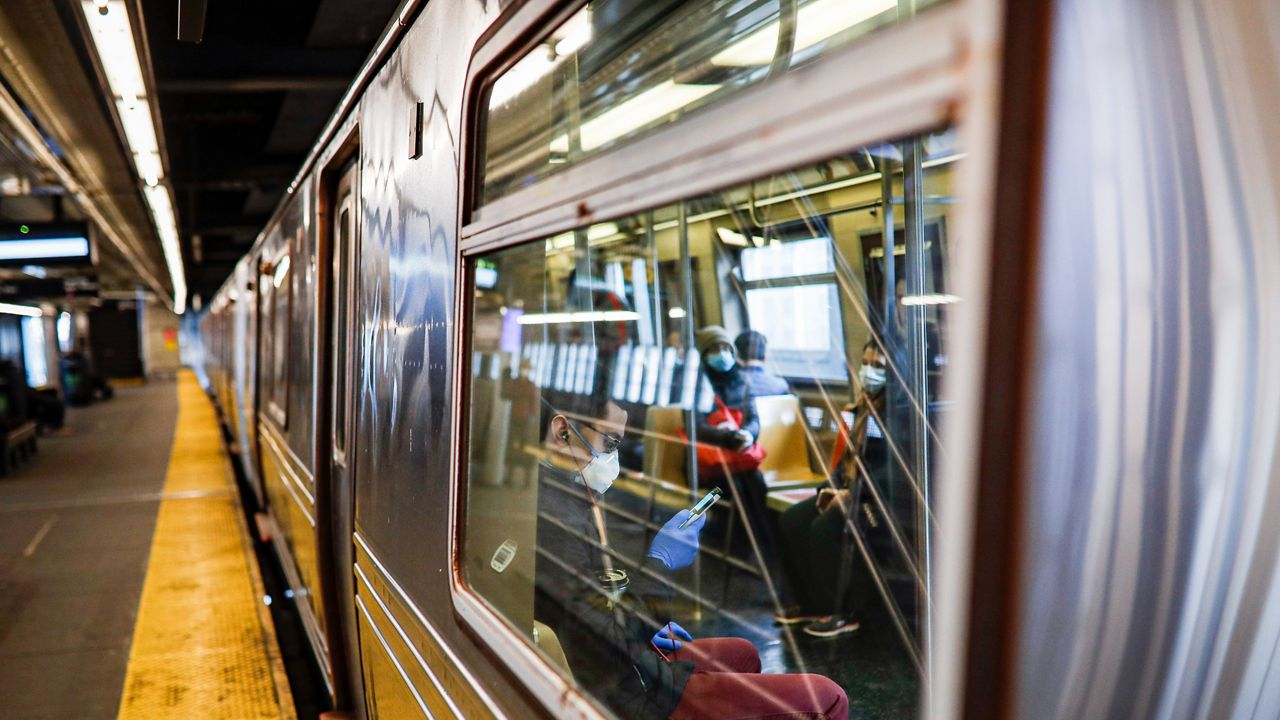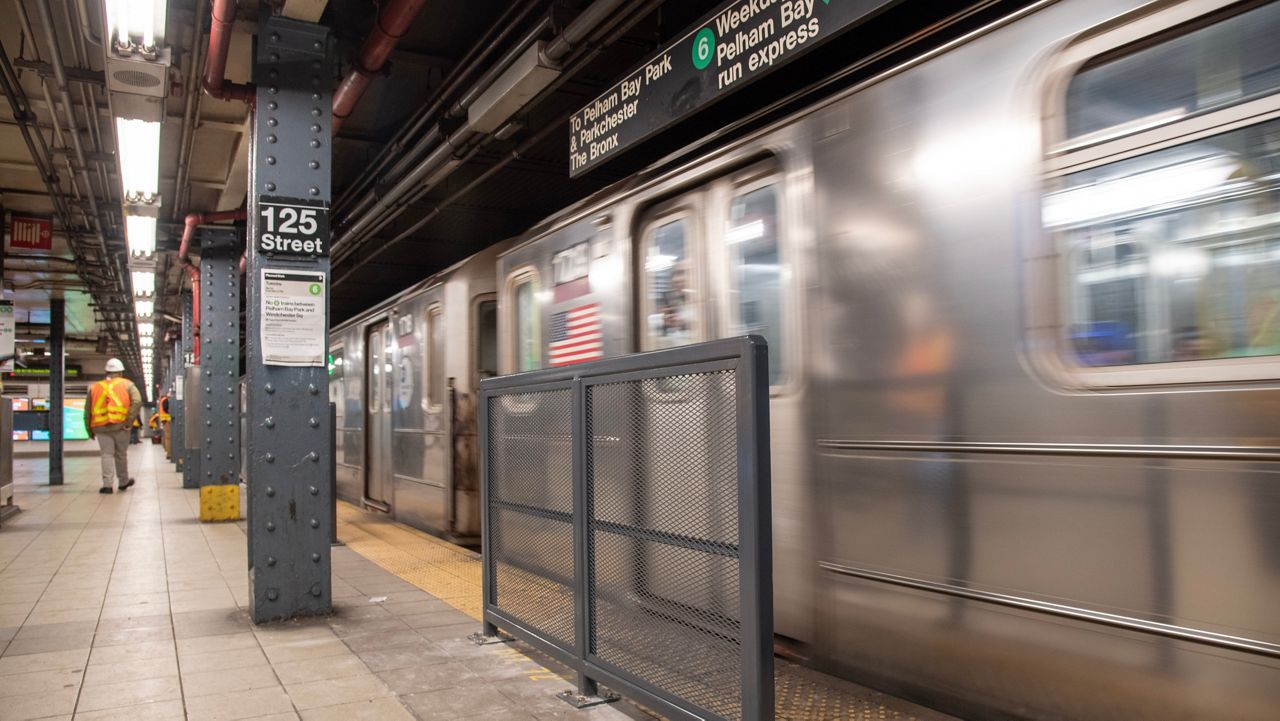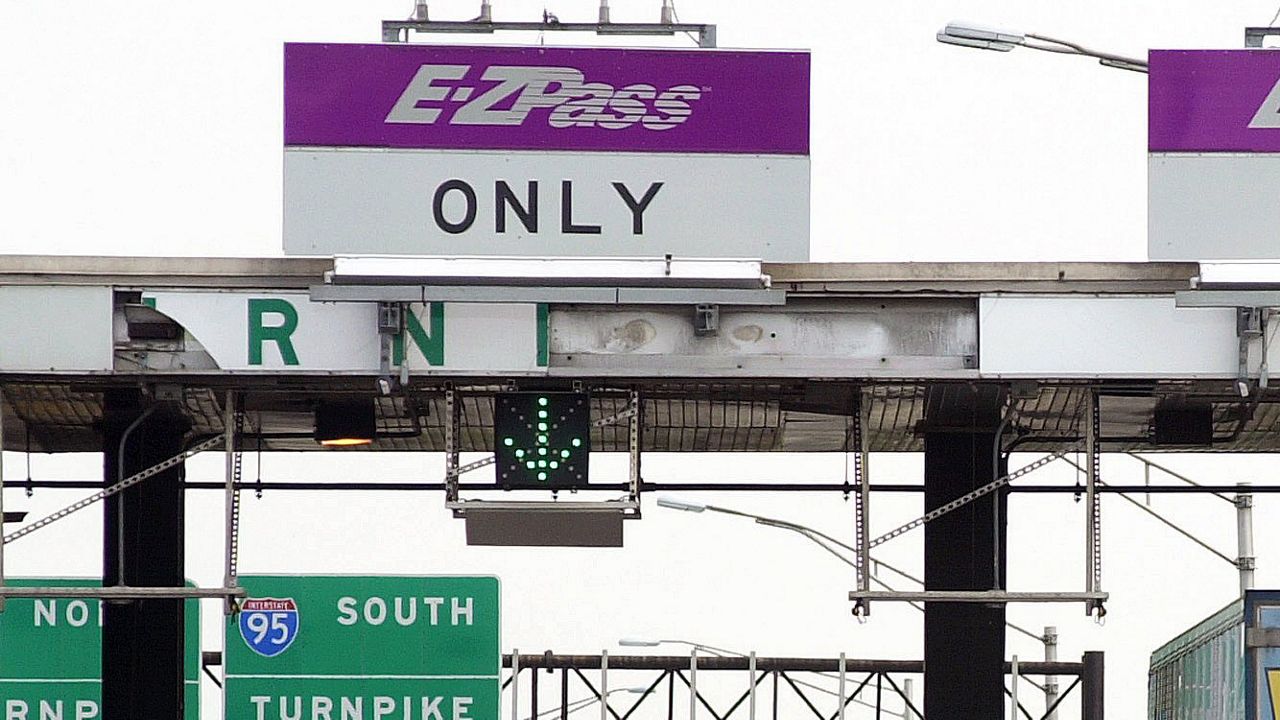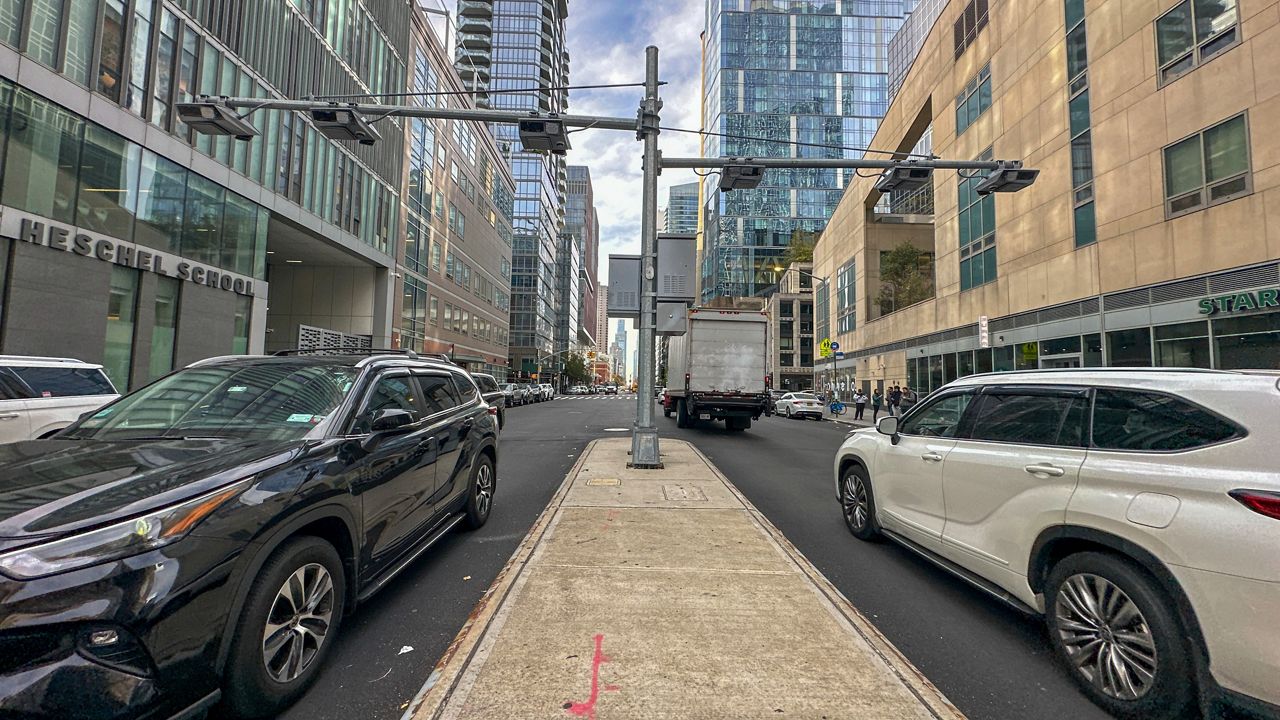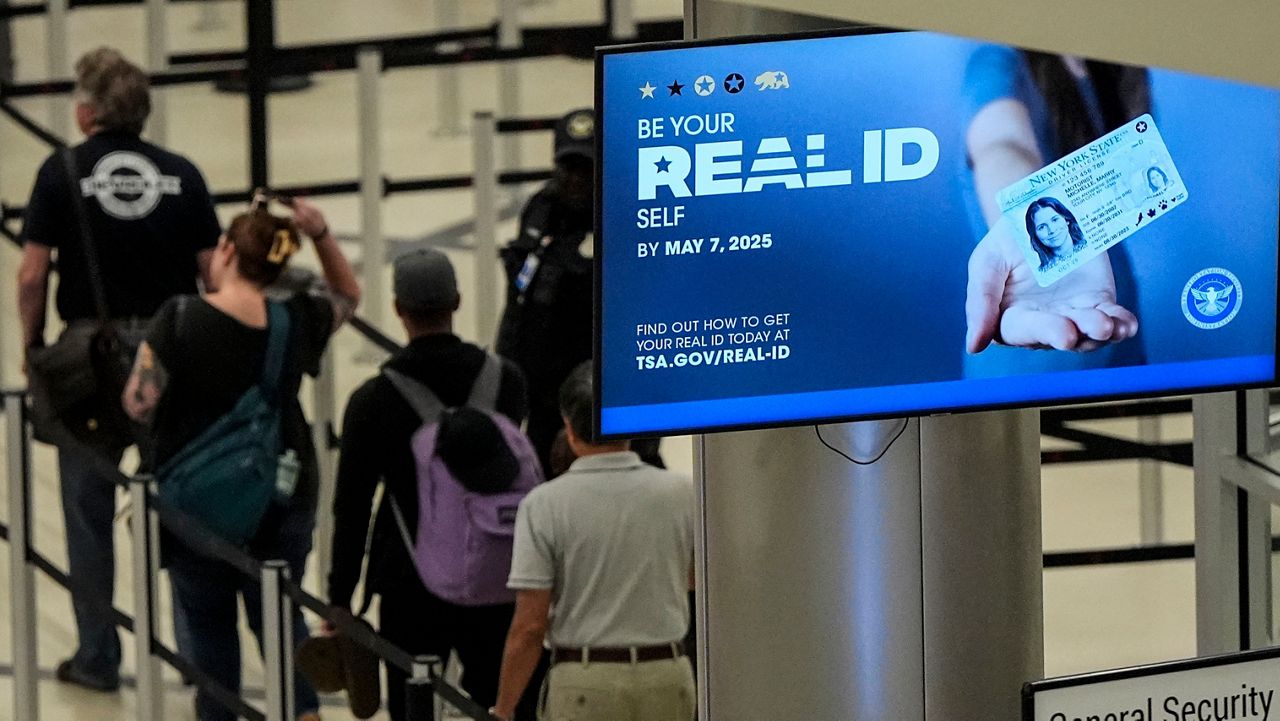The MTA’s proposed budget includes a fare hike it hopes will alleviate its financial woes and help it avoid taking potentially “catastrophic” steps, including laying off workers and reducing service, transit leaders said Wednesday.
At the MTA’s November board meeting, agency officials outlined a $19.2 billion budget aimed at combating sluggish ridership levels, concerns of an economic recession and dwindling federal funding.
The budget — which would be approved by the board at its December meeting — assumes overall fare hikes of about 5.5%, to take effect in the middle of 2023 following a public engagement period. The fare increases, officials said, could be spread across the transit system, and may not raise the price of a single subway ride.
What You Need To Know
- The MTA’s proposed budget includes a fare hike it hopes will alleviate its financial woes and help it avoid taking potentially “catastrophic” steps, including laying off workers and reducing service, transit leaders said Wednesday
- At the MTA’s November board meeting, agency officials outlined a $19.2 billion budget aimed at combating sluggish ridership levels, concerns of an economic recession and dwindling federal funding
- The budget — which would be approved by the board at its December meeting — assumes fare hikes of about 5.5% across the entire transit system.
Kevin Willens, the MTA’s chief financial officer, urged the board to adopt the proposal, saying it would allow the agency to attempt to reduce funding gaps in the coming years, rather than spending the remaining $5.6 billion of $15 billion in federal funds received in recent years in the near-term.
Doing the latter, he said, would send a significant shock to the system, causing it to “run full speed into the fiscal cliff.”
“Given the magnitude of those deficits, assuming that approach, the results could be catastrophic, requiring large fare hikes, layoffs, service cuts, cancellation of capital projects,” Willens said.
Outside groups and government oversight offices have painted a dismal picture of the MTA’s finances. According to a recent report from state Comptroller Thomas DiNapoli, even when factoring in the MTA’s plan to raise fares by 4% in 2023 and 2025, the agency would have to raise fares by an additional 19% in order to hit the same level of fare revenue it took in during 2019.
DiNapoli’s report also suggested that the MTA receives a lower subsidy, relative to its size, than the transportation agencies for Boston, Washington, D.C. and Philadelphia.
Willens’ plan includes asking the state for more money. It leaves $600 million in the MTA’s spending budget to be added in the future by the state. MTA Chairman Janno Lieber has been pushing city and state leaders to give the agency additional funding. Earlier this month, he made a trip to the SOMOS political conference that attracts a wide range of political leaders.
Speaking to reporters after the board meeting, Lieber said the MTA was meeting its legal obligations to pass a balanced budget by including a funding gap that it could “reasonably” expect to fill in the coming year, as the city and state finalize their budgets.
Without the additional state funding, the MTA would have to consider personnel cuts and drawing on federal funds, Willens said.
Lieber said that the budget’s inclusion of a fare hike does not mean one is guaranteed, and that the MTA would welcome any funding that would allow the agency to keep prices flat.
“We want to make clear today that that discussion needs to unfold sooner rather than later,” Lieber said. “We could definitely avoid a fare hike if there is a plan, an answer, coming from all of the decision makers, Washington, Albany, City Hall, and maybe others, that fills the $600 million gap.”
In discussing the budget, Lieber called funding issues the “elephant in the room.” He said that he does not want to reduce subway service, in large part because working-class neighborhoods are using trains at much higher rates than wealthier neighborhoods, in some locations at 90% of pre-pandemic levels.
“These New Yorkers deserve the same frequent, safe, reliable service that they've come to depend on over time,” Lieber said.
Part of the proposal includes a projected annual savings of hundreds of millions of dollars by using new technology to make maintenance more efficient, enticing workers back to the job to reduce overtime costs, and modifying some commuter rail schedules.
The schedule changes could affect the Metro-North rail line, and see trains during off-peak hours drop cars to accommodate reduced passenger loads.
“Ridership on Mondays and Fridays is significantly different than it is Tuesdays, Wednesdays and Thursdays,” said Catherine Rinaldi, president of the Metro-North railroad.
Officials pointed to some small changes that could have an outsize impact. The MTA pays $40 million per year to operate a call center that helps people navigate the system. Improving the agency’s app could allow them to reduce that spending, said Richard Davey, president of New York City Transit.
The agency has also seen fare evasion cost it more than $500 million in lost revenue this year. According to Davey, a pilot program that placed both armed and unarmed guards at the Myrtle-Wyckoff station in Brooklyn improved revenue there — enough to cover the costs of paying for the guards.
The budget assumes that the system would tamp down on fare evasion, bringing revenue loss from turnstile-hopping back to 2018 levels within four years.
“Again, not rocket science,” Davey said. “These are not ideas. We are implementing these now, and seeing some positive results.”
The proposed budget would attempt to nearly halve funding gaps in coming years, from approaching $3 billion to $1.6 billion in 2026.
The agency’s funding woes are driven, officials said, by ridership that remains, on average, between 60% and 70% of pre-pandemic levels. That ridership level tracks the middle projection of ridership recovery proposed by consultants with McKinsey & Company earlier this year. That projection has the system only hitting 80% of pre-pandemic ridership in 2026.
“To put it plainly, our costs exceed our revenue,” said Neal Zuckerman, the chair of the MTA’s finance committee. “We don’t have a lot of addressable levers to fix that problem.”
The budget gaps come as the agency is set to renegotiate its labor contracts, which, its plan noted, could require it to spend hundreds of millions of dollars in the coming years if agreed upon wages rise over 2%.
Vincent Tessitore, Jr., a board member recommended by the United Transportation Union, urged other members to not frame labor costs as a risk factor or liability, so as to not scapegoat MTA workers for complicated financial deficits.
“We gotta be fair for the workforce,” Tessitore, Jr., said.
During the board meeting’s public comment section, attendees pushed back on the impending fare evasion, and urged the board to reinstate a mask mandate to combat rising levels of COVID-19 spread.
Several said they expected ridership to drop following a fare increase.
“I’m telling this board, you guys want to raise the fare at a time when crime is out of control?” said Charlton D’Souza, the president of Passengers United, an advocacy group. “You’re not gonna get people back. The service is not even worth one dollar.”




